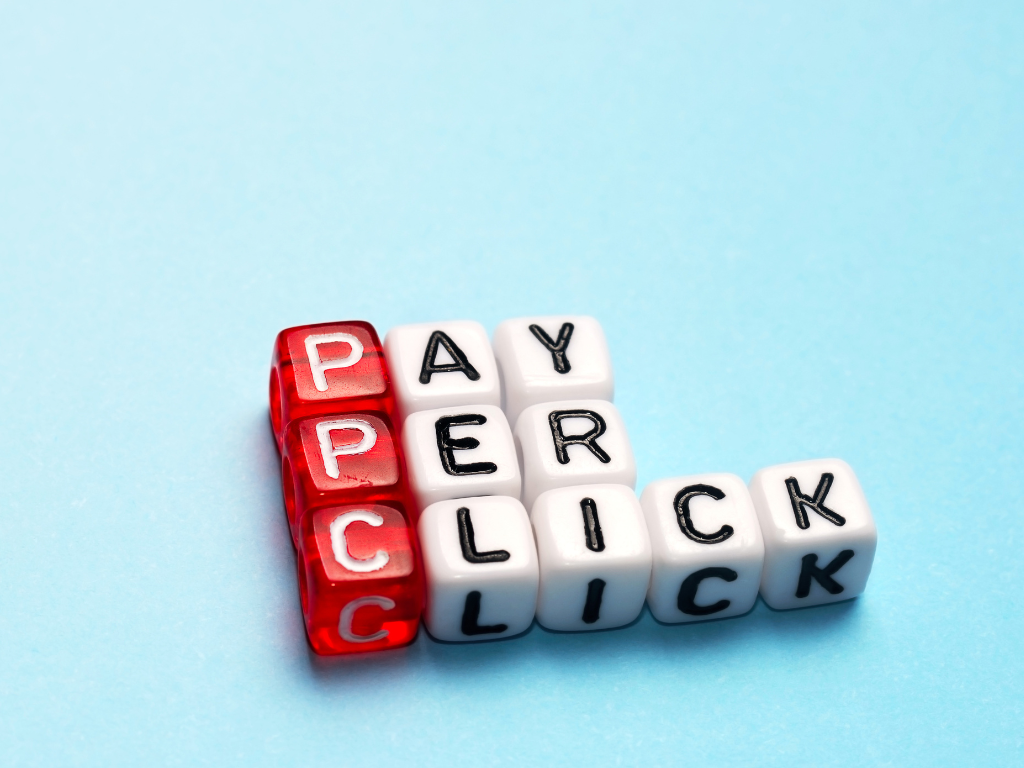In today’s world, stories travel faster than ever. A single post can reach thousands within minutes. But how do you make sure your story is not only seen but also felt?
Digital storytelling is more than content. It is a way to connect. It blends words, images, and emotions into one experience. When done with care, it helps people feel included, understood, and inspired.
This blog will guide you through digital storytelling in simple terms. You will see why it matters, how to do it well, and where to start. Most importantly, you will learn how to share your story in a way that respects and uplifts others.
Why Digital Storytelling Matters
People crave connection. Although technology changes quickly, the human need for belonging does not. Stories have always been the bridge between people. Now, digital tools make that bridge even longer and wider.

Digital storytelling matters because:
- It creates trust. A true story builds relationships with your audience.
- It spreads messages faster. Online platforms give your story wings.
- It gives voice to everyone. Even small businesses or individuals can be heard.
- It inspires action. Stories can move people to learn, share, or support.
For example, a short video showing how a small community solved a challenge can inspire others to do the same. That is the beauty of storytelling online.
Key Elements of a Strong Digital Story
A good story online feels simple, yet it carries depth. It may look easy, but every strong story includes certain elements.
Here are the most important ones:
- Clarity. Keep your message clear and avoid jargon. People connect with simple words.
- Emotion. Use warmth, joy, hope, or even struggle. Feelings make stories memorable.
- Authenticity. Share stories that are real. Audiences sense honesty and respect it.
- Visuals. Images and videos support the words. They bring the story to life.
- Structure. Every story has a beginning, middle, and end. Online stories need this flow too.
Because digital spaces are crowded, your story must stand out. However, standing out does not mean being loud. It means being true, clear, and meaningful.
Platforms That Bring Stories to Life
There are many platforms for sharing stories. Each works differently. Choosing the right one depends on your message and audience.
Here are some popular options:
- Social Media. Facebook, Instagram, TikTok, LinkedIn, and Twitter (X) are great for short stories and updates. They allow quick sharing and wide reach.
- Websites and Blogs. These offer space for longer stories, deeper details, and permanent records.
- Email Newsletters. Perfect for personal, direct storytelling. They go straight to someone’s inbox.
- Podcasts. Good for spoken stories that dive deeper into ideas.
- Videos and Reels. Strong visual tools that capture attention fast.
Each platform has strengths. For example, Instagram works well with photos and short videos. LinkedIn, however, is better for professional storytelling. By mixing platforms, you create a full picture.

Steps to Create Your Digital Story
Creating a story online may feel big, but breaking it into steps makes it easier.
- Know your purpose. Ask yourself: Why am I sharing this story?
- Understand your audience. Think about who you want to reach.
- Find the heart of the story. Focus on one main idea, not too many.
- Choose your format. Will it be a blog, a video, or a social media post?
- Use visuals. Photos, graphics, and videos add impact.
- Keep it short and simple. Online readers often scan. Short sentences work best.
- End with action. Ask your audience to comment, share, or reflect.
For example, if you are telling the story of a new business, start with the dream behind it. Next, show the challenge. Then share how the business is growing. Finally, invite people to support or spread the word.
Tips for Respectful and Inclusive Storytelling
Respect is at the heart of digital storytelling. Stories should build people up, not tear them down.
Here are a few tips:
- Use inclusive language. Choose words that make everyone feel welcome.
- Avoid stereotypes. Do not box people into narrow images.
- Ask permission. If you share photos or quotes of others, make sure they agree.
- Highlight strengths. Show communities and individuals with dignity.
- Be honest. Never exaggerate or twist facts.
Also, remember that every person has their own story. Sharing it with care is not only kind but also powerful.
Common Mistakes to Avoid
Even with the best intentions, mistakes happen. Knowing them ahead helps you avoid them.
- Too much detail. Keep it simple. Too much information makes people lose interest.
- Hard-to-read text. Long paragraphs or complex words can push readers away.
- Ignoring visuals. Online storytelling without visuals often feels flat.
- Being inconsistent. Stories that change tone or message confuse readers.
- Forgetting the audience. Always remember who you are speaking to.
For example, writing a very formal blog post for Instagram may not work well. However, that same content could shine on LinkedIn. Always match the story with the platform.

The Role of Transition Words in Storytelling
Transition words are small, but they are powerful. They guide readers through your story. Words like because, also, next, however, and finally help ideas flow.
Here is why they matter:
- They connect thoughts. Your story feels smoother.
- They create rhythm. Short sentences flow better with connectors.
- They keep readers engaged. Transitions prevent stories from feeling broken.
For example: “The community faced many challenges. However, they worked together to find solutions. Next, they built new opportunities.” Notice how the transitions make the story easier to follow.
Final Thoughts: Your Story Matters
Every person, brand, or business has a story worth sharing. In fact, stories are what bring people together online. By telling your story with clarity, respect, and care, you do more than just inform. You create connection.
Digital storytelling does not need fancy tools. It needs honesty, simplicity, and heart. When you combine those with visuals and the right platform, your story becomes powerful.
So, the next time you sit down to write a post or share a photo, remember: your story can make someone feel seen, heard, and inspired.
✨ Nyiko Digital believes in clarity, inclusivity, and respectful storytelling. Every story is a chance to connect and grow. Start sharing yours today.



